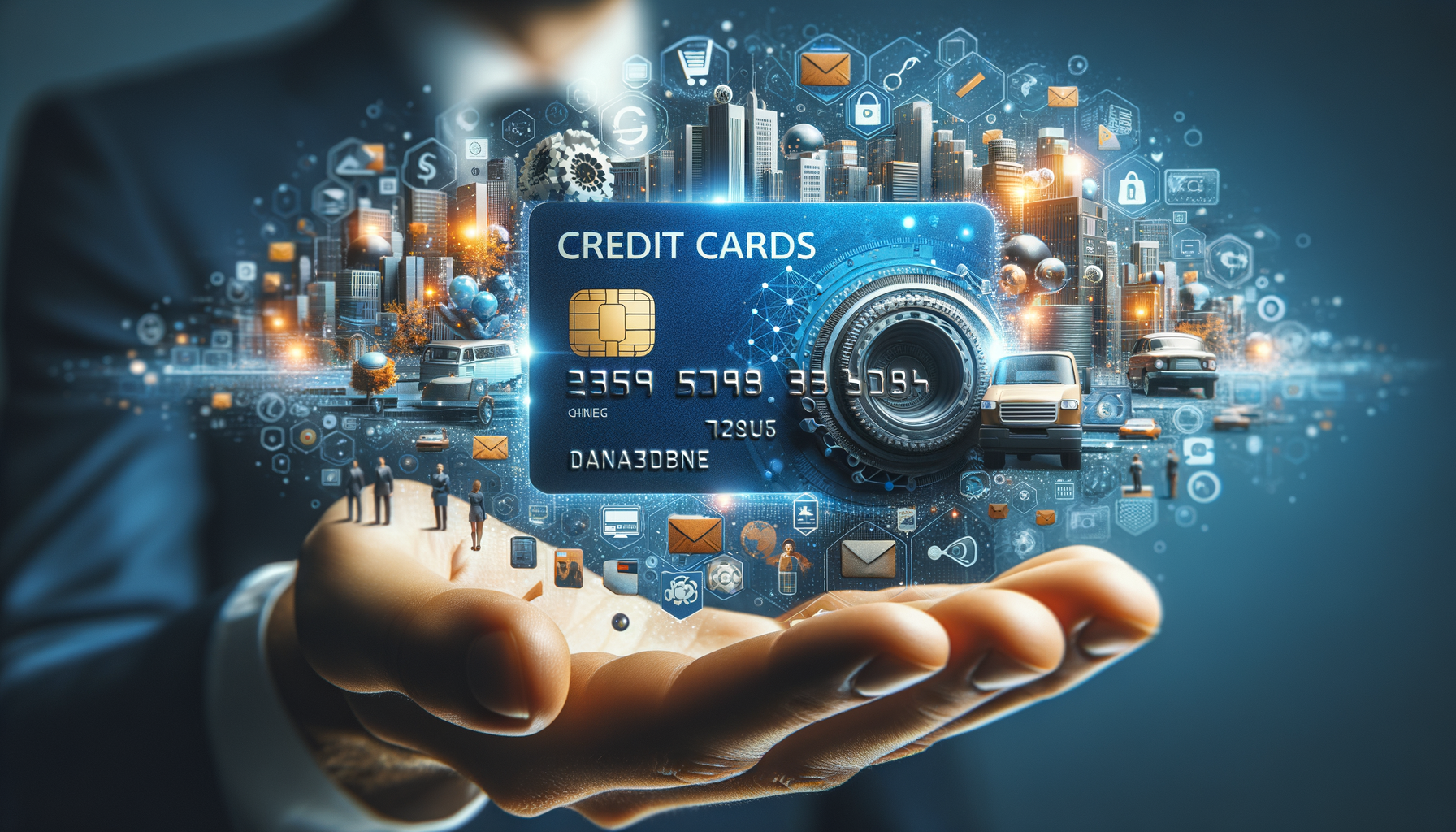Introduction to Credit Cards
Credit cards have become an integral part of modern financial life, offering a convenient way to manage expenses and build credit history. They provide a cashless payment option that is widely accepted across the globe. However, with the convenience of credit cards comes the responsibility of managing them wisely to avoid potential pitfalls such as debt accumulation and credit score damage.
The relevance of understanding credit cards lies in their dual nature as both a financial tool and a potential source of financial strain. This article aims to explore the various aspects of credit cards, including their benefits, potential drawbacks, and tips for effective management.
Benefits of Credit Cards
Credit cards offer numerous advantages that make them appealing to consumers. One of the primary benefits is the ability to make purchases without carrying cash, which enhances security and convenience. Additionally, credit cards often come with rewards programs that allow users to earn points, cashback, or travel miles on their spending.
Another significant benefit is the opportunity to build a credit history. By using a credit card responsibly and making timely payments, individuals can improve their credit score, which is crucial for obtaining loans and favorable interest rates in the future. Credit cards also provide a safety net in emergencies, offering a line of credit that can be a lifeline when unexpected expenses arise.
Furthermore, many credit cards offer additional perks such as travel insurance, purchase protection, and extended warranties, adding value beyond the basic function of a payment method.
Drawbacks and Risks of Credit Cards
Despite their benefits, credit cards also come with potential risks and drawbacks. One of the most significant concerns is the high-interest rates that can lead to substantial debt if balances are not paid in full each month. This can quickly spiral into a cycle of debt that is difficult to break.
Credit cards also carry the risk of overspending, as the ease of swiping a card can lead to impulsive purchases and financial strain. Additionally, late payments or exceeding credit limits can negatively impact a person’s credit score, making it harder to obtain credit in the future.
Another risk is the potential for fraud and identity theft. While credit card companies offer fraud protection, it is essential for cardholders to monitor their accounts regularly and report any suspicious activity promptly.
How to Use Credit Cards Wisely
To maximize the benefits and minimize the risks of credit cards, it is crucial to use them wisely. One effective strategy is to treat a credit card like a debit card, only charging what you can afford to pay off each month. This approach helps avoid accumulating debt and paying interest.
Setting up automatic payments can ensure that you never miss a payment, which is essential for maintaining a healthy credit score. Additionally, keeping track of your spending and setting a budget can prevent overspending and help you stay within your financial means.
It is also advisable to regularly review credit card statements for errors or unauthorized charges and to take advantage of rewards programs by aligning them with your spending habits.
Conclusion: Navigating the Credit Card Landscape
Credit cards, when used responsibly, can be a powerful tool for managing finances, building credit, and earning rewards. However, they require careful management to avoid potential pitfalls such as debt and credit score damage. By understanding the benefits and risks associated with credit cards and employing strategies for wise use, individuals can make informed decisions that enhance their financial well-being.
Ultimately, the key to successful credit card use lies in discipline, awareness, and a commitment to financial health. Whether you are a seasoned credit card user or considering your first card, understanding these aspects will help you navigate the credit card landscape effectively.

Leave a Reply